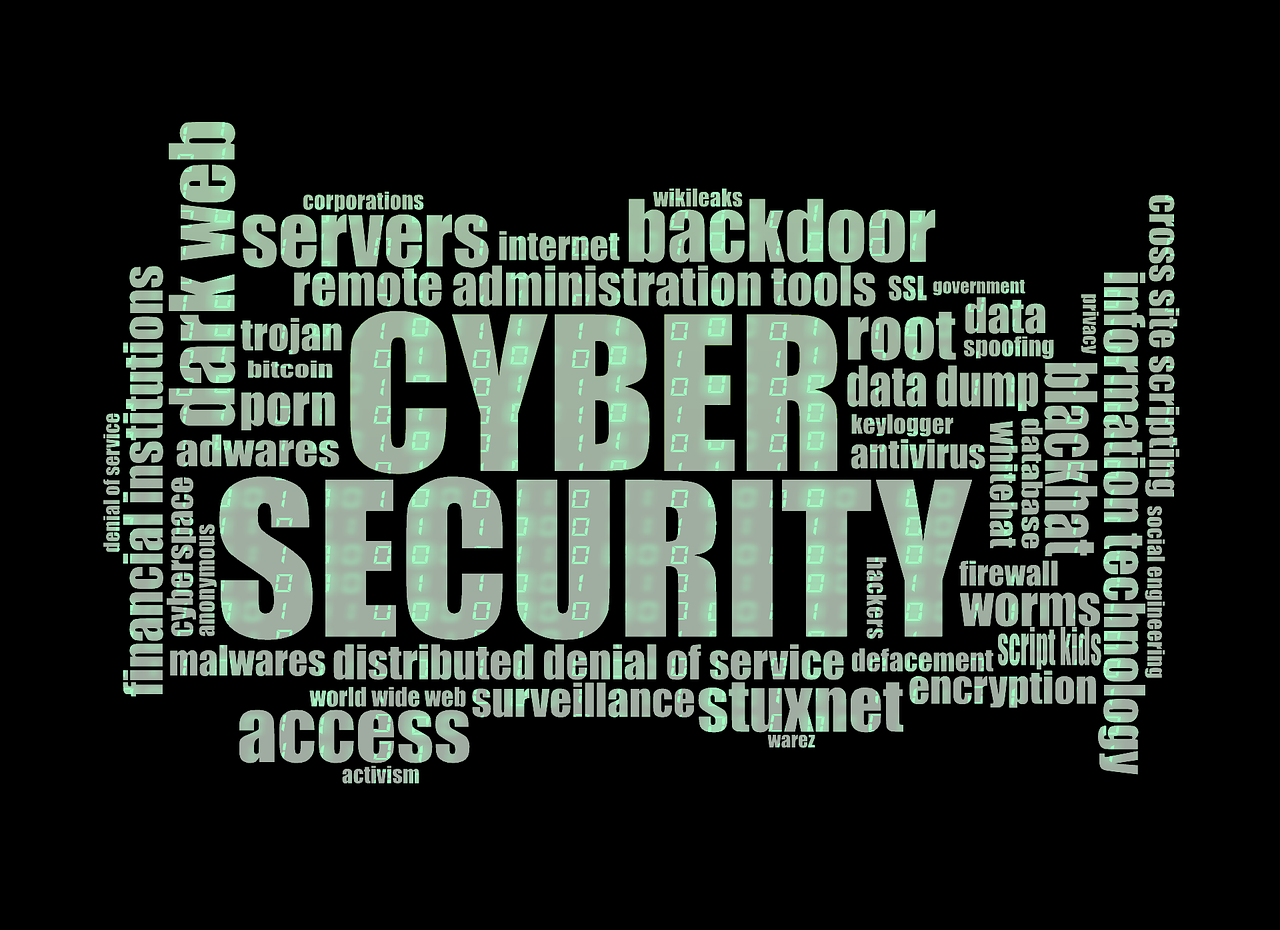 Think ransomware is bad? Hackers have found a new, even more ruthless way to hold businesses hostage—and it doesn’t involve encryption. It’s called data extortion, and it’s spreading fast.
Think ransomware is bad? Hackers have found a new, even more ruthless way to hold businesses hostage—and it doesn’t involve encryption. It’s called data extortion, and it’s spreading fast.
Instead of locking you out of your files, cybercriminals now steal your sensitive data and threaten to leak it unless you pay. There’s no decryption key, no way to recover files—just the fear of a data breach, compliance fines, and reputational damage.
Don’t let cybercriminals hold your business hostage. Start with a FREE cybersecurity risk assessment!
Why Data Extortion is More Dangerous Than Ransomware
Traditional ransomware attacks encrypt files, stopping businesses from accessing them. Data extortion skips that step altogether, making it easier, faster, and harder to detect.
Cybercriminals steal financial records, client data, and private company information—then demand payment, threatening to leak everything online if you refuse. If you think SMBs are safe, think again. Find out why SMBs are 4x more likely to be cyber extortion victims.
How Data Extortion Works
Cybercriminals don’t need encryption anymore. They only need your data. Here’s how they do it:
1. Data Theft
Hackers breach your system and quietly steal confidential data, including employee records, financial details, and proprietary business information.
2. Extortion Threats
Instead of encrypting files, they threaten to publicly leak stolen data unless you pay a ransom.
3. No Decryption Needed
Because they never encrypted your files, they can keep a copy and demand more money later. Paying once doesn’t guarantee it won’t happen again.
This new approach is more profitable, harder to detect, and puts businesses under extreme pressure to comply.
4 Reasons Data Extortion is a Bigger Threat Than Ransomware
Data extortion isn’t just about losing access to files—it’s about public exposure. Here’s why it’s an even bigger problem:
1. Reputational Damage is Permanent
If hackers leak customer or employee data, your business reputation could be destroyed overnight. Trust is hard to rebuild once sensitive information is exposed.
2. Legal & Compliance Consequences
Leaked data can lead to regulatory fines for privacy violations—especially in industries handling personal or financial information.
3. No Way to ‘Fix’ It
Unlike ransomware, where paying sometimes gets your files back, data extortion victims can be re-targeted repeatedly. Hackers keep copies of stolen data and may demand more money later.
4. Cybercriminals Are Shifting to This Model
Why? Because it’s easier and more profitable. Encryption takes time and can be blocked by security tools. Stealing and leaking data is faster, harder to detect, and pressures businesses into paying quickly.
Want to know how AI is making cyberattacks even more dangerous? Read about 5 AI cyber threats that no one is talking about.
How to Protect Your Business from Data Extortion
Traditional security measures aren’t enough. You need proactive strategies that block hackers from stealing data in the first place.
1. Adopt a Zero Trust Security Model
- Assume every user and device is a potential threat.
- Require multifactor authentication (MFA) on all accounts.
- Restrict access to sensitive data—only give permissions when necessary.
2. Implement Advanced Threat Detection
- AI-driven monitoring tools can detect unusual activity before data is stolen.
- Data leak prevention (DLP) solutions stop unauthorized file transfers.
- Endpoint protection ensures that devices are secured against malware.
3. Encrypt Your Data at All Times
- If hackers steal encrypted data, they won’t be able to use it.
- Enable end-to-end encryption for sensitive files and communications.
- Use secure cloud storage that protects data at rest and in transit.
4. Regular Backups & Disaster Recovery
- Backups won’t prevent data theft, but they will help you recover faster.
- Store offline backups to prevent them from being accessed in a breach.
- Test backups regularly to ensure they work when needed.
5. Train Your Employees on Cybersecurity
Your employees are the first line of defense. Training them to recognize threats is crucial.
- Teach staff to spot phishing scams—one of the most common hacker tactics.
- Enforce strong password policies to prevent credential theft.
- Limit access to sensitive data based on role and necessity.
Want to stop insider threats before they start? Read The Insider Threat Full Guide.
Cyber Extortion is the Future of Cybercrime—Are You Ready?
Hackers have found an easier way to exploit businesses, and data extortion is quickly becoming the go-to cyberattack strategy. Relying on outdated security measures won’t protect you.
Start with a FREE Network Assessment—contact us now and our cybersecurity experts will analyze your vulnerabilities and implement strategies to block data extortion before it happens.
Click here to schedule your FREE Network Assessment today!
Darryl Cresswell
CEO & President
MYDWARE IT Solutions Inc.




